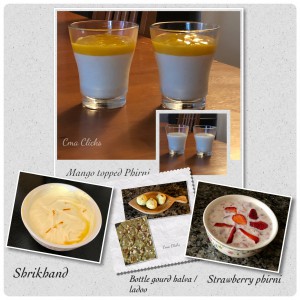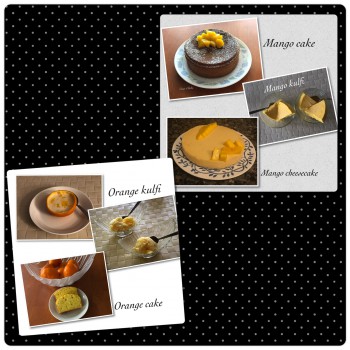Isn’t it always said that we connect to our roots, culture, through our food? More so, the bonding that happens in the families; the memories, are again connected through food.
Jonathan Saffran Foer so well expressed – “Food is not rational. Food is culture, habit, craving and identity.” I have learned to appreciate different food from different countries but at the same time, given a choice, don’t I always opt for the food that I have had from my childhood?
These days as I explore new cuisines and experiment with the ingredients, invariably I turn to read about its history or then try to draw some parallels with the tastes that I have grown up with.
This time, I was in for a surprise as I read up that kvarg /rahka was also made in Germany and, for that matter, people made it at home. Just like back at home, we would tie up the yoghurt in a muslin cloth overnight so that by morning we have a nice ball of hung curd/yoghurt sans water. This is called “chakka” and then, this is mixed well, and to it we add sugar. For the flavour, it could be saffron strands soaked in little warm milk and/or just some little nutmeg grated over it. I, myself, would tweak it with the flavoured yoghurt here and then add the fresh/frozen strawberries to it. Once I was exposed to rahka at Vaasa, I knew this is what would form a good base for our shrikhand, and I have been using it ever since. Beating it up really well with right amount of sugar added, and then could toss in strawberries or blueberries or even mango pieces.

We have an array of sweetmeats or desserts using milk, or even vegetables or lentils. And with our food, a sweet may well be a part of the main meal, that is, that we eat it together with our main course, and not only at the end.
For example, Kulfi, a traditional ice-cream made with boiling milk over low heat, thickening in the process and to which sugar, dry fruits or fresh fruits are added. This is then frozen in small containers. This time, I experimented with orange for the first time, and it turned out well. And while I must say that I do enjoy making the orange pound cake, a trusted recipe from a friend, given a choice a kulfi is what I would opt for. These days its easy with thickening the milk using evaporated milk and then adding sugar as per my requirement.
Next milk-based dessert would be a kheer, either with sago, or rice, or even roasted vermicelli. Or a phirni, which is again, slow cooked broken rice, almond powder in milk. Lastly sugar is added once it is thickened enough. As one of my friends mentioned, this reminded them of the Christmas rice pudding they used to have at home. Again, bringing to my attention the similarities of the taste and the use of the known ingredients. The more one understands the food leading to understanding the culture or as we say, the pulse of the place.
As I mentioned earlier, we could be making a dessert with a vegetable, like in my earlier articles, I have mentioned about carrots, next is the bottle gourd which could be used a vegetable or made into halva/ small round balls using milk yet again. I usually roast the grated doodhi (bottle gourd) in a little ghee (clarified butter) and add milk, and then cover to cook it. Then I add in evaporated milk and as the slow cooking slowly caramelizes it, it is finished off with the addition of sugar. For the garnishes broken pieces of almonds and cashews work very well. It is a visual treat with the nice light green colour; and just the right crunch with the nuts, as well as the different texture of the grated bottle gourd cooked well in the sweet milk.
Reading and wondering about cooking working as a stress buster or also as creative outlet – now can totally relate to what Debbie Mandel, author of ”Addicted to Stress” said ”Cooking is a great destresser because it serves as a creative outlet,” ”And while stress can numb your senses, cooking activates them. It’s a sensory experience with aroma, taste, touch, visual delight and even sizzling sound.” Also, as Psychiatrist Carole Lieberman says cooking makes people feel good because it’s a way for them to nurture others. “If you’re cooking for people, you care about, you get nurtured by their appreciation,” she says. ”Cooking is like giving birth because you are mixing things together to create something new and wonderful.” wow what a way to express cooking…
And so, here’s a sweet ending to our 2021 as we look forward to happy days of 2022.
Engineer by education, passionate photographer & food enthusiast from India,
presently based at Burlington, Canada is happy to contribute this column
which combines her love of food & photography.
Seema Ganoo




